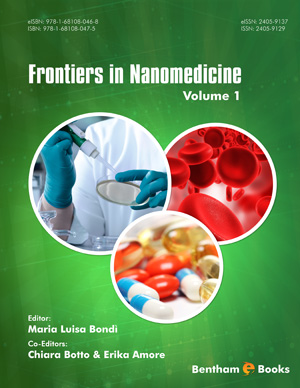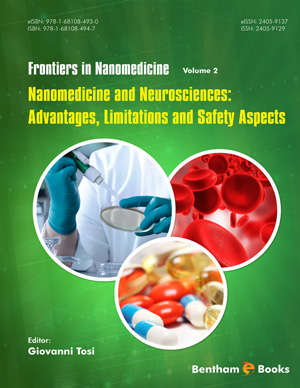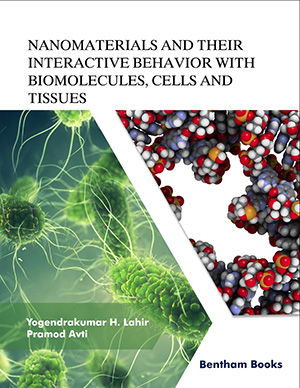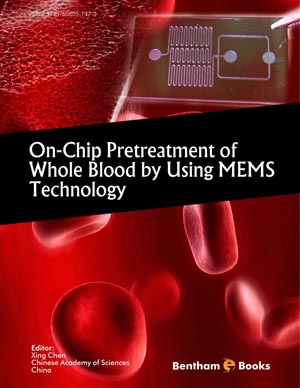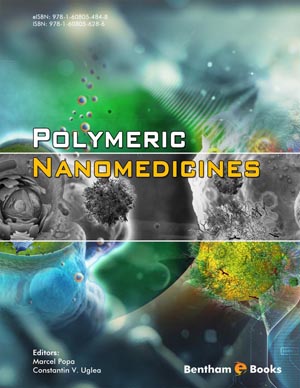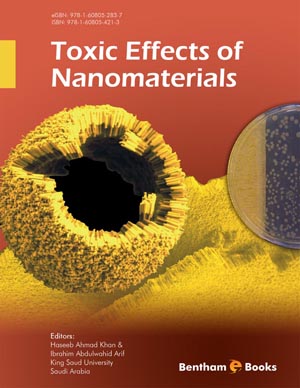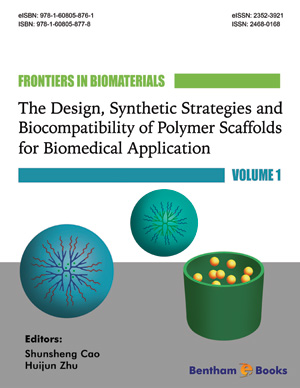Abstract
In-flow methodologies have allowed the development of less timeconsuming analytical techniques requiring small volumes of real samples based on microfluidic channels, microfluidic and nanofluidic devices coupled to different optical setups. Moreover, these in-flow systems have led to the confinement of varied nanostructures and functions. Thus, from multifunctional nanoparticles to labelled biostructures, depending on the coupled detection systems, varied signals could be recorded. Likewise, chemical reactions and surface modifications could be developed looking for targeted functional modifications within in-flow methodologies. Accordingly, the detection of single molecules on lab-on particles to single targeted nanostructures, microparticles, bacteria and cells could be recorded from new modes of imaging generated from the control of molecules, surfaces and nanostructures within in flow nano- and micro-channels. Chemical surface modifications could also lead to additional physical sites of interactions and property coupling for real time biosensing.
Keywords: Coupled optical setups, Cytometry, In-flow methodologies, Microfluidic chips, Microfluidics, Nanofluidics.



